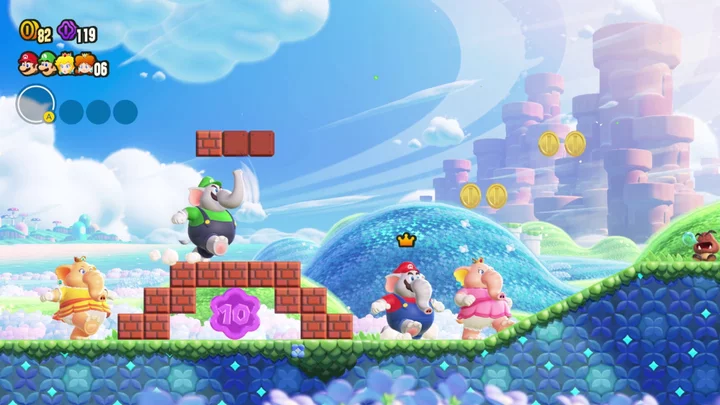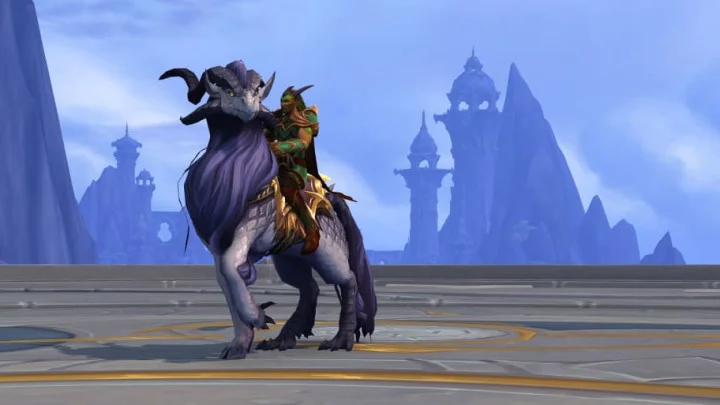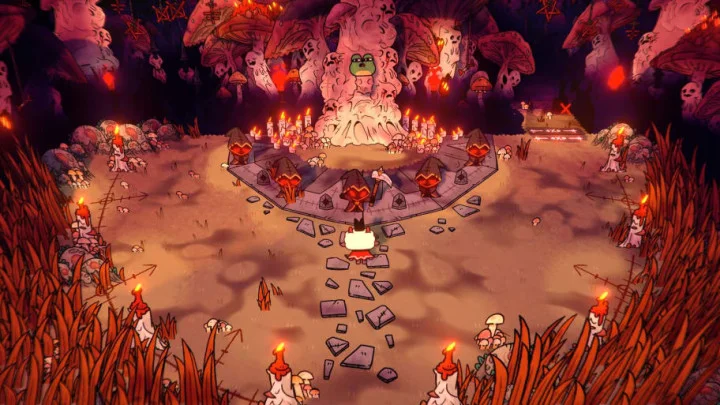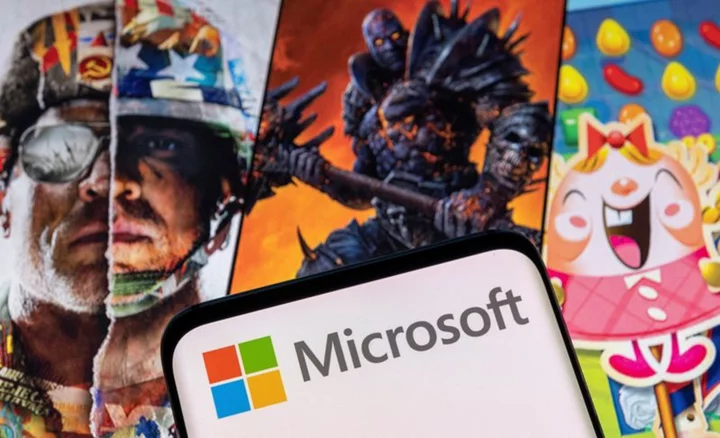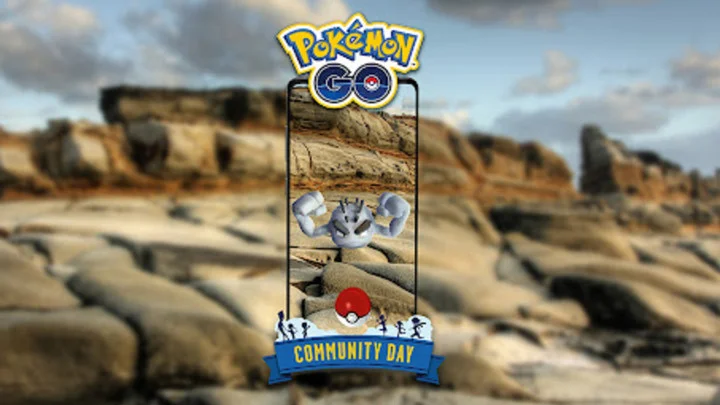Super Mario Bros. Wonder isn't the first Mario game with online play, but it might be the first one to do something genuinely interesting with it.
Launching Oct. 20 exclusively on Nintendo Switch, Super Mario Bros. Wonder is the first new sidescrolling Mario game in more than a decade. Nintendo is using the opportunity to drag its Italian plumber mascot into the future (with a new voice actor) with some novel online features that incentivize helping out strangers.
I got to try the game for about an hour at a hands-on preview event and these online additions stood out to me more than anything else. Let's look at how they work.
SEE ALSO: Nintendo's next-gen console could launch in 2024Mario logs on
Wonder Flowers are the main new gimmick in this game. Credit: NintendoIf you haven't seen Super Mario Bros. Wonder yet (or even if you have), some basic explanations for how the game works are in order. This is a sidescrolling adventure a la Super Mario World or New Super Mario Bros. with a world map connecting dozens of levels across seven worlds. Mario (or Luigi or Toad or Peach or Daisy, all of whom play the same) will run, jump, slide, bounce, swim, and do all sorts of other crazy stuff to get from one end of each level to the other.
You probably get how it works, but there are some nifty new features that differentiate Wonder from its predecessors. There are new power-ups, like the one that turns Mario into a bipedal elephant who can use his nose to attack enemies or spit out water at flowers. You can find and equip badges that change up Mario's play style, adding moves like a super high crouch jump or a vertical wall leap that felt straight out of Mega Man X.
And then there are Wonder Flowers, the game's central gimmick, each of which does something ridiculous and unpredictable to the level you're playing. They might make pipes move around like earthworms or turn Mario into a balloon. You just never know.
Emotes are one way to interact with strangers online. Credit: NintendoAll of that is roughly within the established realm of Mario possibilities that Nintendo has been carefully crafting for 40 years. What's not is how this game interfaces with the internet. In Super Mario Bros. Wonder, you can do normal online stuff like play through levels cooperatively with friends, or even race them competitively through the same levels. But it's all about how you interact with strangers that makes Super Mario Bros. Wonder so interesting to me.
While connected to the internet, you'll see the ghostly apparitions of other players roaming around the same levels as you. While you aren't directly playing with them, there are a few ways to interact with them. You can use simple emotes to communicate and even share power-ups with one another. Most impactful, though, is the addition of cardboard standees you can place wherever you want that act as revival checkpoints for other players if they happen to perish nearby.
Doing all of these things nets you Heart Points. These points are displayed above your head when another player interacts with you online, and while the Nintendo rep at the event assured me they don't actually serve a purpose in gameplay, I take heart in knowing that my kind deeds will be quantified for other Super Mario Bros. Wonder players to see.
Just be cool!
Each player has their Heart Points score above their head. Credit: NintendoMy brief time with Wonder was quite enjoyable, as the game plays splendidly and all the new features make for some really fun and interesting new ways to interact with sidescrolling Mario levels. But the way the game works online drew me in the most because I think it's an effective (if fairly subtle and limited) way to encourage younger players to be nice to strangers online.
Yeah, yeah, I know. Nobody is going to endeavor to be less toxic on Twitter just because of a Mario game. But in practice, it's a heartening addition to a game that would've been just fine without it. Heart Points make helping people self-evidently satisfying; after all, who doesn't like watching numbers go up? It reminds me of the kinds of ambient, mostly anonymous online interactions popularized by games like Journey and Death Stranding, two games that used their mechanics to bring people together just for the sake of bringing them together.
I'm not sure Wonder has any broader thematic elements in its plot (lol) to justify the online features like those games did, but maybe it doesn't need those. Maybe it's enough to give Mario's target audience of children a way to play with each other without putting anyone in harm's way. Perhaps telling kids that it's OK to help out those in need with a spare mushroom or standee is worth it for its own sake.
We'll find out when Super Mario Bros. Wonder launches on Switch on Oct. 20.

